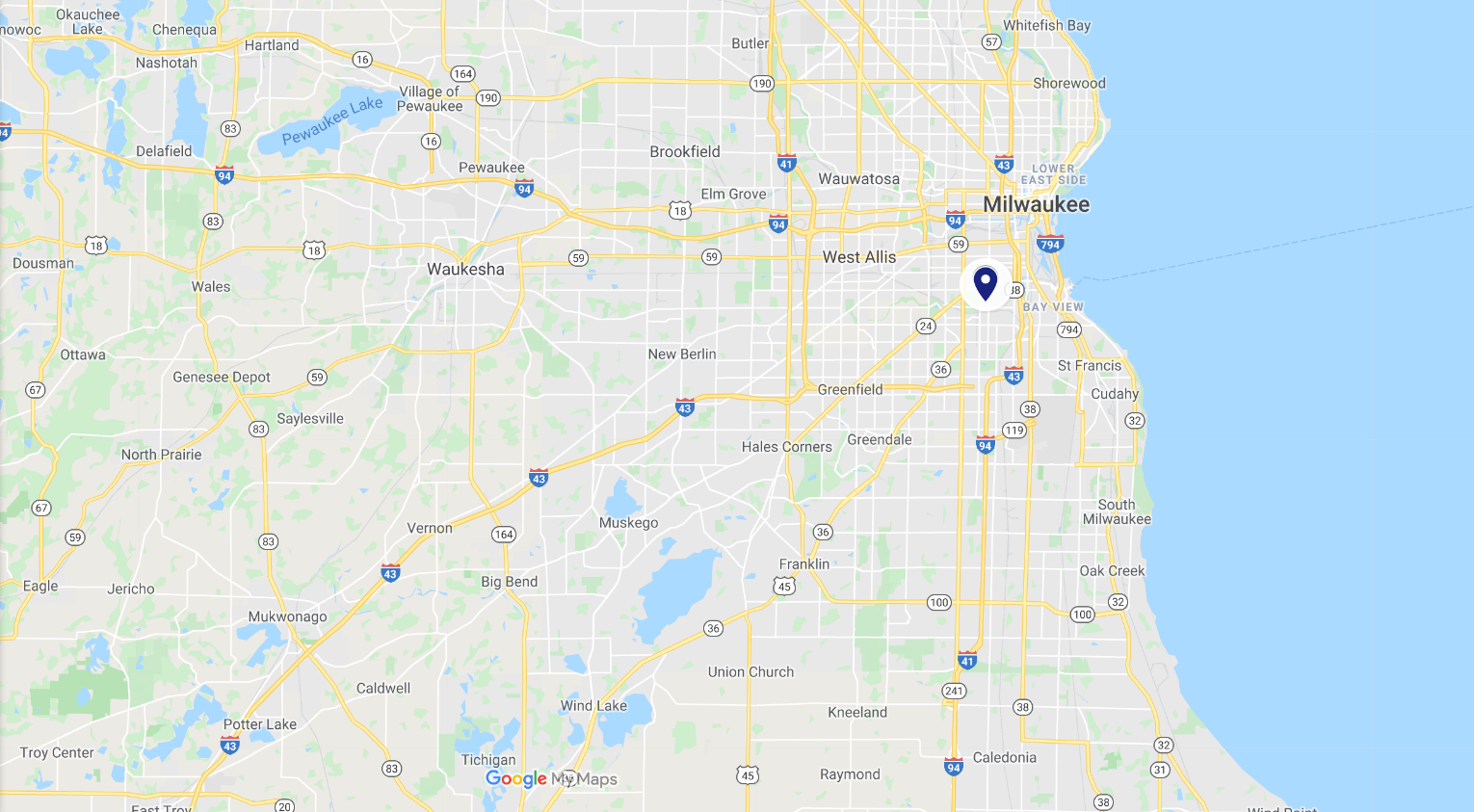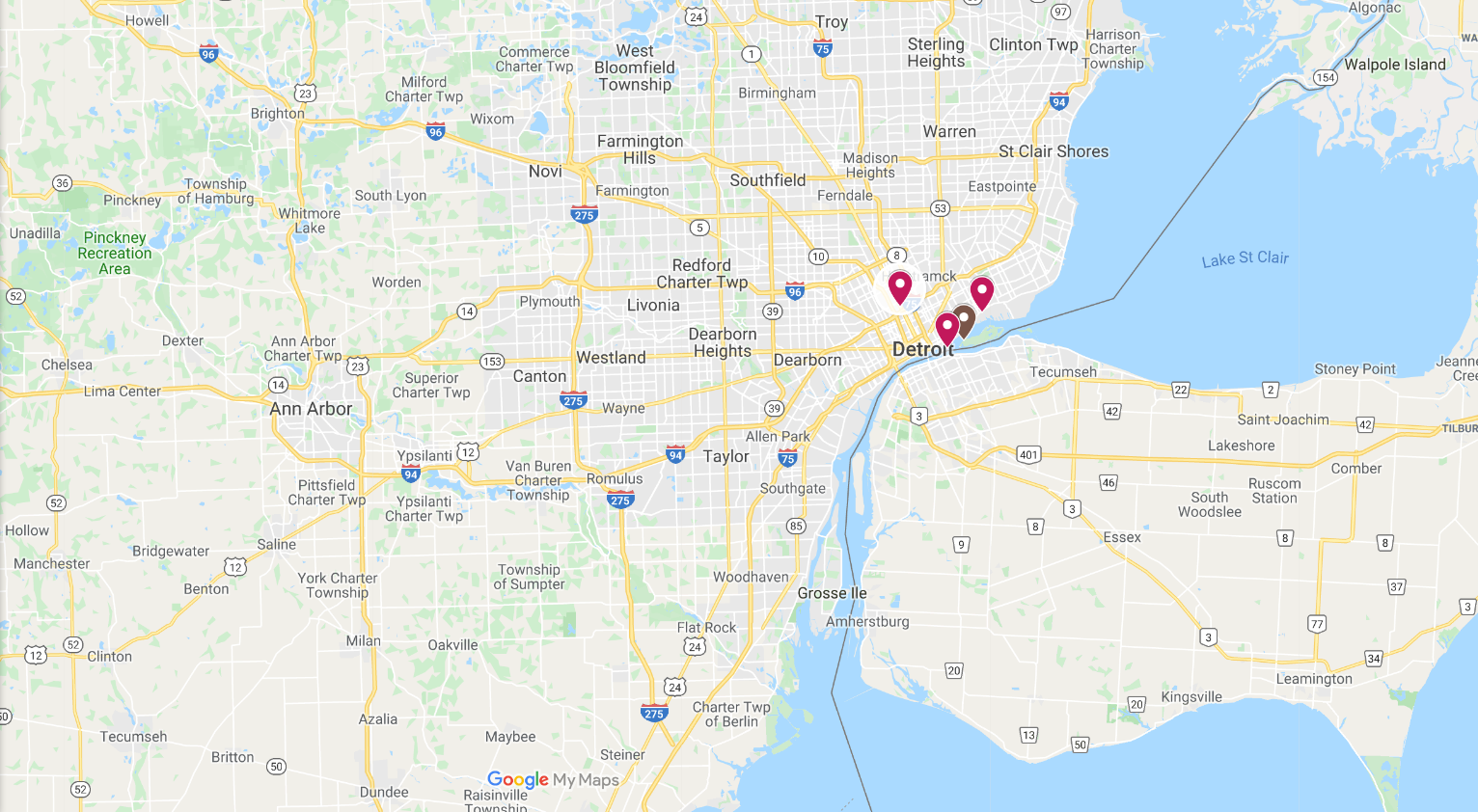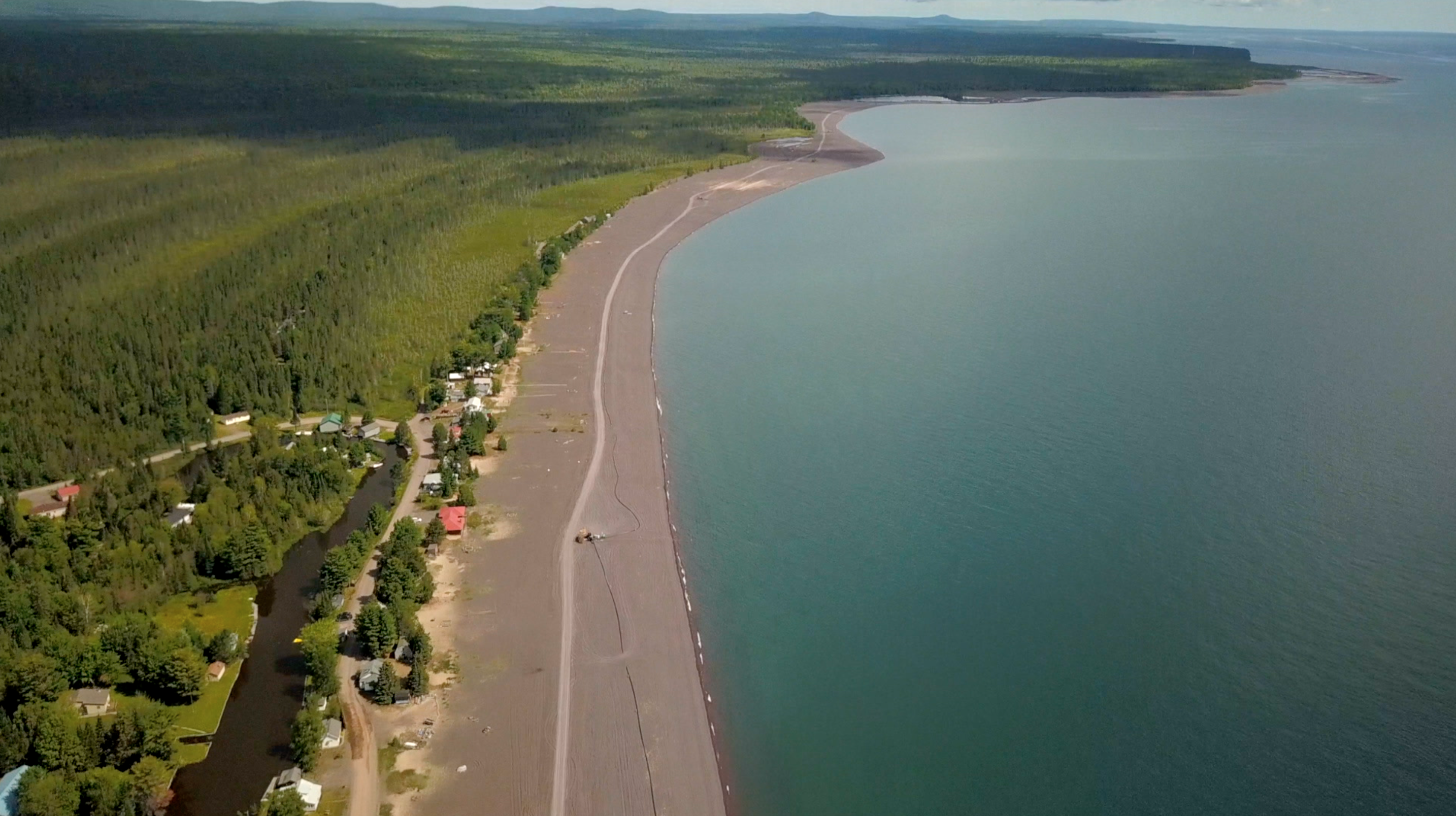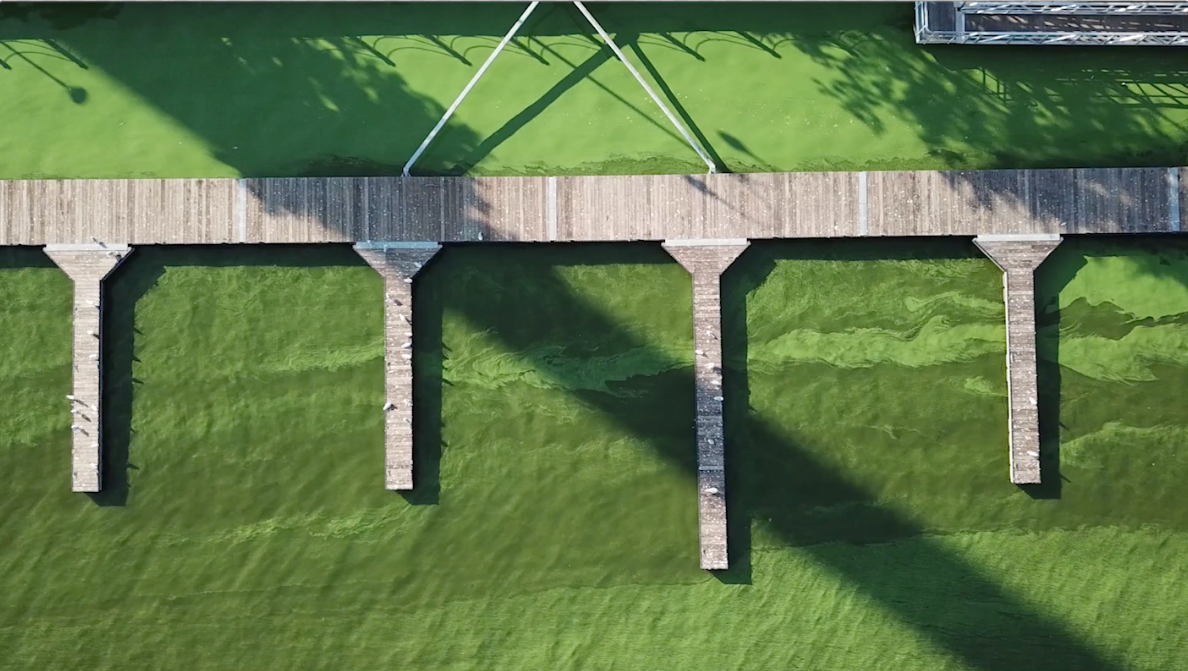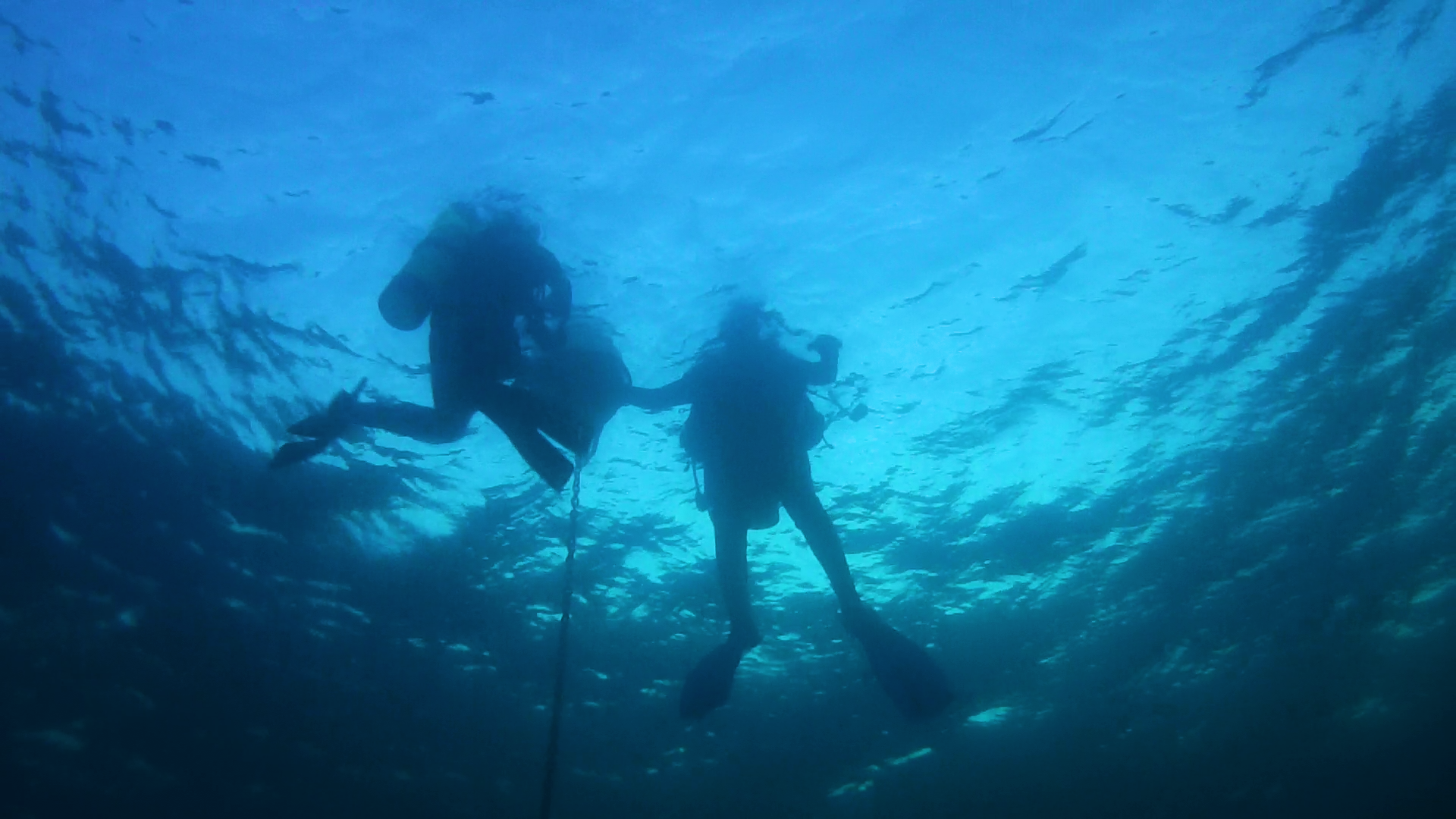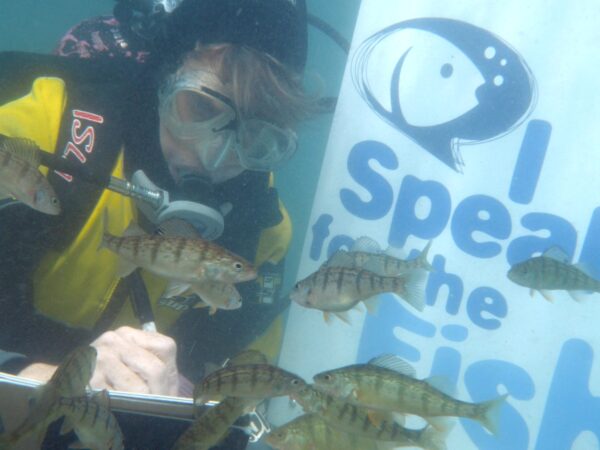On this episode of Great Lakes Now, search for a meteorite on the bottom of Lake Michigan. Learn how a little striped fish might help us understand the health impacts of industrial chemicals on people, and see how a Milwaukee community is UN-developing a river to improve the environment and water quality.
WHERE WE TAKE YOU THIS MONTH
Watch Live on DPTV
Tuesday, December 31 at 7:30 PM
STATIONS CARRYING THE SERIES
WGVK-TV
Kalamazoo, Michigan
WNMU-TV
Marquette, Michigan
WMVS-TV
Milwaukee, Wisconsin
WCMU-TV
Mount Pleasant Michigan
WNIT-TV
South Bend, Indiana
WCNY-TV
Syracuse, New York
WGTE-TV
Toledo, Ohio
WDCQ-TV
University Center, Michigan
WNPI-TV
Watertown, New York for Ontario signal
WPBS-TV
Watertown, New York for U.S. signal
Have a question about the Great Lakes or life in the region?
Ask Great Lakes Now, and if we can answer it, we might loop it into our coverage so others can learn too.
Submit Your QuestionKinnickinnic River Restoration
SEGMENT 3 | MILWAUKEE, WISCONSIN
The Kinnickinnic River runs through Milwaukee’s south side, and it drains the most densely-populated watershed in the state of Wisconsin. It was once a natural, tree-lined river before the city expanded onto its banks during the first half of the 20th century.
“As this development occurred, there were more impervious surfaces that were created,” said Patrick Elliott, senior project manager for the Milwaukee Metropolitan Sewer District. “The streets and sidewalks and parking lots, rooftops—all these surfaces that don’t allow rain to soak in.“
That meant storm water ran off those hard surfaces so quickly that the flow could overwhelm the Kinnickinnic and lead to flooding in the communities around it.
Miles of the river were lined with concrete, but while that did move the water away quickly, it only worsened flooding downstream. Now a multi-million dollar restoration project aims to solve that problem.
Here are more Great Lakes Now stories about river restoration:
- Learn more about the Kinnickinnic River restoration and similar projects in the region HERE.
- Read Great Lakes Now’s coverage of the restoration of the Detroit River, a lack of government action on AOCs, local level restoration efforts and a two-part series on Milwaukee swamp restoration.
Lake Michigan Meteorite
SEGMENT 1 | LAKE MICHIGAN and CHICAGO’S MUSEUMS
In 2017, a meteorite lit up the night sky before crashing into Lake Michigan off the Wisconsin shoreline. It made the news and caught the attention of Chris Bresky, the teen programs manager at the Adler Planetarium in Chicago.
He saw an opportunity to enlist teenagers in the hunt for the sunken meteorite.
“Space for a lot of people can feel very cold, dark, dead, distant. Right now, as we’re talking, there are rocks from space older than the Earth, sitting at the bottom of that lake, just waiting to be discovered and waiting to be recovered,” Bresky said.
The Adler launched The Aquarius Project, a teen-driven program with the ambitious goal of recovering meteorite fragments from the bottom of Lake Michigan. Scientists and researchers from NASA and Chicago’s Shedd Aquarium and Field Museum of Natural History got involved, and the teens designed, built, tested, and deployed the world’s first underwater meteorite recovery sled.
Here’s how they’re doing.
Here are more Great Lakes Now stories about meteorites:
- Click through this interactive timeline to learn more about meteorites that have fallen into the Great Lakes.
- Learn more about The Aquarius Project in this interview with Chris Bresky HERE.
PFAS and Zebrafish
SEGMENT 2 | DETROIT, MICHIGAN
Great Lakes Now has told you about PFAS in the past.
The curious acronym refers to a family of thousands of compounds used in industrial processes and in consumer products. PFAS chemicals have been so widely used that they’re found in the blood of most Americans. And while PFAS has been linked to health problems in humans, the chemicals’ impact on the human body isn’t fully understood.
At Wayne State University in Detroit, a team of researchers is trying to change that by studying the effects that PFAS and other environmental contaminants have on zebrafish.
And it isn’t just PFAS that’s in the water. Researchers have found cosmetics, sunscreen, cleaning solutions, nicotine, prescription drugs, and cocaine in water samples taken from the Detroit River.
“A lot of the chemicals that we’re interested in looking at are endocrine disrupting chemicals,” says Tracie Baker, the principal researcher and director of the WATER Lab at Detroit’s Wayne State University. “So even at small amounts they can act like hormones in our bodies and PFAS is one of those chemicals.“
Here are more Great Lakes Now stories about PFAS:
Previous Episodes
Cruises, Rising Waters and Ship Safety
Episode 1005
Travel aboard one of the growing number of cruise ships as passengers visit First Nation communities on a Canadian island in Lake Huron.
Watch the ShowWaters Restored
Episode 1006
See what happened after a fast-growing western Michigan community started running out of drinking water.
Watch the ShowWaters Infected
Episode 1007
Household waste, lead and agricultural runoff are byproducts of modern life. Get the down-and-dirty reality of what can happen when these substances get into the region’s water systems.
Watch the ShowIn the Waters
Episode 1008
Politics, economics, recreation and science are all part of the latest episode of Great Lakes Now. Go underwater in the five lakes with a group of women who dove them all in 24 hours, and learn more about the controversy about controlling water levels in Lake Ontario and the St. Lawrence. Get aboard a commercial fishing boat on Lake Huron, and meet Dr. Katfish, who wants you to know that Great Lakes fish can be fun and festive.
Watch the ShowFeatured Articles
Digital Credits
The Great Lakes Now Series is produced by Rob Green and Sandra Svoboda.
OTHER CREDITS HERE



